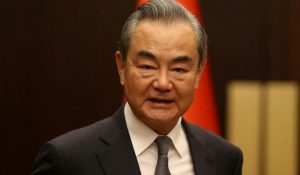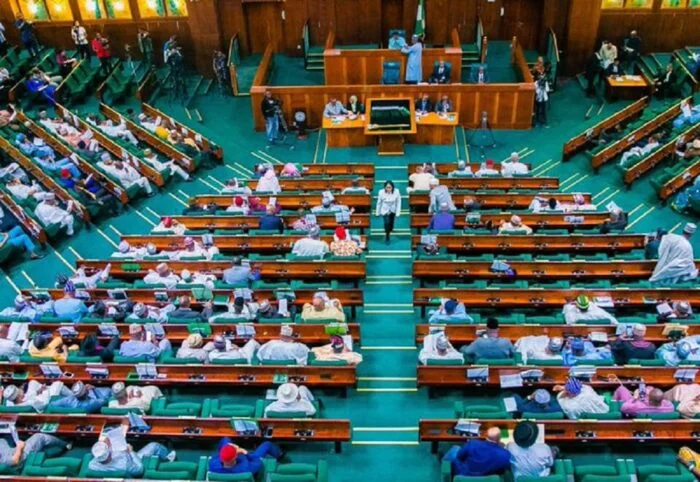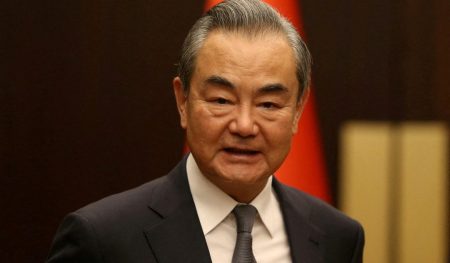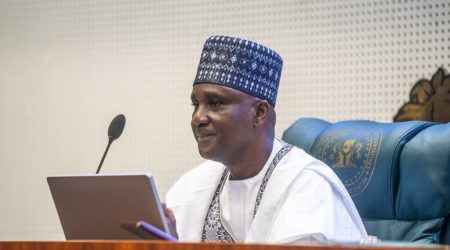The creation of new local government areas (LGAs) is a recurring theme in Nigeria’s administrative landscape, driven by the need for effective governance, resource allocation, and development at the grassroots level. The proposed Kurya Madaro Local Government Area in Zamfara State exemplifies this dynamic, representing a decades-long aspiration of the local populace for greater autonomy and development. This detailed exploration delves into the arguments for and against the creation of Kurya Madaro LGA, its historical context, the socio-political implications, and the potential challenges and opportunities that may arise from its establishment.
The demand for the creation of Kurya Madaro LGA stems from a perceived imbalance in administrative representation and resource distribution within the existing Kaura Namoda Local Government Area. Proponents argue that Kaura Namoda LGA, being one of the largest and most populous in Zamfara State, faces significant administrative challenges in effectively catering to the diverse needs of its constituents. By carving out Kurya Madaro LGA, they believe that governance will become more localized and responsive to the specific requirements of the area. This, in turn, is expected to stimulate development initiatives, improve service delivery, and enhance security. The proposed LGA boasts a population exceeding 400,000 spread across six distinct wards—Kurya Madaro, Sakajiki, Banga, Kyambarawa, Kagara, and Dan Isah—each with its unique characteristics and developmental needs.
The pursuit of Kurya Madaro LGA has a long and arduous history, spanning over 46 years of unsuccessful attempts. This historical context underscores the deep-seated desire for self-determination and local control among the people of the area. Previous administrations, for various reasons, failed to grant their request, leaving a sense of marginalization and neglect. The current initiative, spearheaded by community leaders and stakeholders, aims to capitalize on the perceived commitment of the Tinubu administration to equitable development and address the historical grievances of the people. Hon. Aminu Jaji, the representative for Kaura Namoda/Birnin Magaji Federal Constituency, has taken up the cause, expressing optimism about the request’s approval and highlighting the potential benefits of financial and administrative autonomy for the proposed LGA.
The creation of Kurya Madaro LGA holds significant socio-political implications for Zamfara State. Proponents argue that it will enhance political participation, empower local communities, and strengthen the democratic process. The establishment of a dedicated local government council will provide a platform for greater representation and enable residents to actively participate in decision-making processes that directly affect their lives. It is also expected to foster a sense of ownership and responsibility, promoting community development initiatives and fostering social cohesion. Furthermore, the allocation of resources directly to the new LGA will potentially accelerate development projects and improve the overall well-being of the population.
However, the creation of a new LGA is not without its challenges. Financial sustainability is a major concern, as the new entity will require substantial resources to establish administrative structures, deliver essential services, and implement development programs. There is a risk that the newly created LGA may struggle to generate sufficient revenue to meet its financial obligations, potentially becoming reliant on state and federal allocations. Additionally, the demarcation of boundaries and the distribution of assets and liabilities between the new and existing LGAs can be contentious issues, potentially leading to conflicts and disputes. Careful planning and equitable resource allocation will be crucial to mitigating these challenges and ensuring the long-term viability of Kurya Madaro LGA.
Another potential challenge lies in the realm of human capacity. Effective local governance requires skilled and experienced personnel to manage administrative functions, implement policies, and deliver services. Kurya Madaro LGA may face a shortage of qualified professionals, particularly in specialized areas like finance, planning, and engineering. Investing in capacity building initiatives, training programs, and attracting skilled personnel will be essential to ensure the efficient functioning of the new LGA and the successful implementation of development projects.
In conclusion, the creation of Kurya Madaro LGA represents a significant step towards decentralization and local empowerment in Zamfara State. While the potential benefits in terms of improved governance, development, and security are substantial, careful planning and execution are crucial to addressing the inherent challenges associated with establishing a new administrative entity. Addressing financial sustainability concerns, fostering human capacity development, and ensuring equitable resource allocation will be crucial for the long-term success and viability of Kurya Madaro LGA, ultimately fulfilling the aspirations of its people for a more prosperous and self-determined future. The decision on the LGA’s creation rests with the National Assembly and the Presidency, and their careful consideration of the various factors outlined above will be essential in shaping the future of the region.














